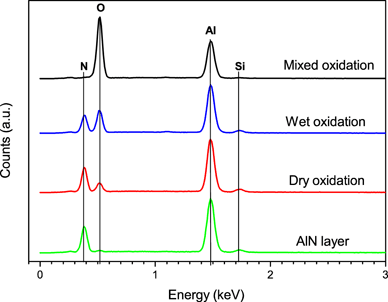

The main objective of this dissertation is to determine how surface site coordination states on aluminum (hydr)oxide mineral surfaces affect ion adsorption mechanisms, interfacial water structure, and the feedback between these. This study is focused on these minerals because they can serve as model analogues for understanding the surface reactivity of other naturally abundant Al-bearing minerals in soils and sediments due to the similarity in functional groups exposed on their surfaces and for studying fundamental geochemical reactions at interfaces. Corundum, as the only thermodynamically stable form of aluminum oxide, has been widely investigated as a proxy for aluminum hydroxide mineral surfaces and surfaces of other phases, such as the edges of Al-rich smectites and the aluminol surface of kaolinite. Gibbsite, the most common form of aluminum hydroxide found in nature, and its rarer polymorph bayerite, display substantially different morphologies dominated by distinct crystallographic planes.


Surfaces of these minerals are especially important due to their ability to control the degradation and transformation of contaminants in soils and sediments and affect the composition of natural waters and geochemical element cycling. Thus, a direct relationship between surface reactions (involving various surface functional groups and adsorbates) and interfacial water properties needs to be established.Īluminum (hydr)oxides, as important reactive and widespread minerals in nature and in engineered systems, play significant roles in many geological and environmental processes. Such restructuring of interfacial water may contribute to the energetics of many important reactions at environmental interfaces, but this remains unclear currently. This latter role for charged surface groups further suggests that adsorbates, which act as new charged surface sites, potentially may alter the structure of water near surfaces.

This indicates that these groups may also have different reactivities toward adsorbates and may induce distinct structural arrangements of water near mineral surfaces. Previous studies suggest that surface functional groups in different coordination environments differ in their charge states, proton affinities, and kinetics of oxygen exchange with water. While general ion adsorption mechanisms and surface charging behaviors are well established, the roles of individual surface functional group types and water in affecting the structure and reactivity of the interfacial region have not been systematically investigated. These reactions occur at mineral surface sites having multiple possible coordination states that interact with both adsorbates and water. Essential to many of these is adsorption because it directly controls contaminant fate and nutrient availability, promotes the nucleation and growth of minerals, initiates surface redox reactions, and plays a crucial role in carbon cycling and sequestration. Chemical reactions at mineral-water interfaces are of great importance in many geological and environmental processes.


 0 kommentar(er)
0 kommentar(er)
